In the shadow of Silicon Valley's gleaming towers, Maria Gonzalez squints at her smartphone, bewildered by the array of icons before her. At 62, this janitor who once cleaned those very towers now finds herself locked out of a world increasingly defined by the technology she helped build but never learned to use.
Across town, 10-year-old Zoe Chen deftly navigates a dozen apps, her fingers flying across the screen as she toggles between homework, social media, and a coding tutorial. For Zoe, technology is not just a tool, but an extension of herself - as natural as breathing.
This stark contrast embodies the modern digital divide: no longer a simple delineation between the connected and disconnected, but a multifaceted chasm of digital literacy, access, and opportunity. As our society hurtles towards an ever more digitized future, this divide threatens to become a unbridgeable gulf, segregating humanity into digital haves and have-nots.
The implications of this schism extend far beyond mere inconvenience. In an age where everything from job applications to healthcare management has migrated online, digital proficiency has become a prerequisite for full participation in society. Those left behind face not just isolation, but systemic disadvantage in education, employment, and civic engagement.
This essay explores the complexities of this growing digital divide and explores innovative approaches to bridge it. We'll examine the concept of Experience Futures - a vision for more equitable and inclusive digital experiences that adapt to users, rather than demanding users adapt to them. At stake is nothing less than the promise of a truly democratic digital age, where technology serves as a great equalizer rather than a new arbiter of inequality.
The Digital Divide: A Growing Chasm
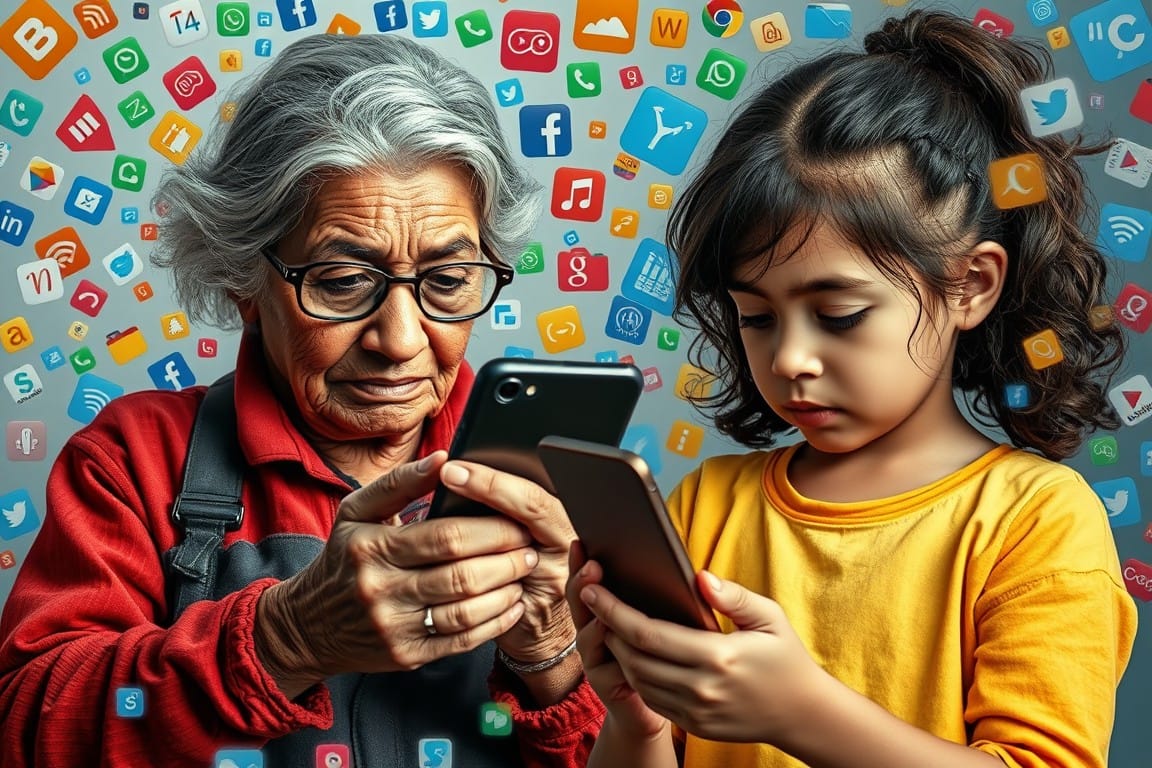
The digital divide is no longer just about access to technology; it's about the ability to use it effectively. Think of it as a vast ocean, with some people effortlessly surfing the waves of technological advancement, while others struggle to stay afloat.
On one side of this divide, we have digital natives who seamlessly integrate technology into every aspect of their lives. They're like fish in water, instinctively knowing how to navigate the digital currents. On the other side, we have those who feel like they're constantly swimming against the tide, struggling to keep up with the ever-changing digital landscape.
This divide impacts every aspect of modern life, from education and employment to healthcare and social interaction. As more services move online, those who can't keep up risk being left behind, creating a cycle of digital exclusion that can be difficult to break.
The Complexity of Modern Digital Experiences
Today's digital landscape is like a sprawling metropolis, with each organization building its own skyscraper of digital tools and services. For the average person, navigating this digital cityscape can be overwhelming. Imagine having to learn a new language and set of customs every time you enter a different building – that's what it feels like for many people trying to use various digital platforms.
The complexity arises from the fact that each organization tends to create tools that serve its specific needs, rather than considering the broader context of a user's life. It's as if each building in our digital city was designed without considering how people would move between them.
For example, consider a person trying to manage their health. They might need to navigate separate systems for their doctor's office, pharmacy, insurance provider, and fitness tracker. Each of these systems has its own interface, login process, and way of presenting information. For someone who's not tech-savvy, this can be as daunting as trying to navigate a foreign city without a map or translator.
The Top Articles of the Week
100% Humanly Curated Collection of Curious Content
The Promise of Personalization and AI
Enter the concept of Experience Futures. This approach aims to create a digital world that adapts to the individual, rather than forcing the individual to adapt to it. It's like having a personal digital concierge who understands your needs and preferences, and can seamlessly guide you through the complexities of the digital landscape.
Artificial Intelligence (AI) and Machine Learning (ML) are the key technologies driving this personalization. They're like the brain of our digital concierge, constantly learning and adapting to provide a more tailored experience. For instance, AI could learn that you prefer visual instructions over text, and automatically adjust how information is presented to you across different platforms.
Imagine a world where your smartphone doesn't just remind you of a doctor's appointment, but also pre-fills forms with your information, provides directions to the clinic, and even suggests questions you might want to ask based on your medical history. This level of personalization could make digital experiences more accessible and less overwhelming for everyone.
Breaking Down Walled Gardens
One of the major challenges in creating equitable digital experiences is the prevalence of "walled gardens" – closed ecosystems controlled by a single company. These are like gated communities in our digital city, where residents can enjoy premium services but are cut off from the wider digital world.
While walled gardens can provide a seamless experience within their boundaries, they often create barriers to interoperability and limit user choice. It's like having a transit card that only works for one company's buses and trains, forcing you to buy multiple cards if you want to use different services.
The solution lies in creating open standards and technologies that allow different systems to communicate and work together. This is akin to creating a universal transit system for our digital city, allowing people to move freely between different services and platforms.
Companies like IBM and Google have taken steps in this direction by releasing open-source design systems. This allows organizations from various industries to contribute to a unified interface focused on the customer's needs, rather than forcing users to adapt to multiple different systems.
Creating Equitable Digital Experiences
Creating truly equitable digital experiences requires a fundamental shift in how we approach digital design. Instead of building experiences around organizational structures, we need to build them around the individual user's needs and life tasks.
This user-centric approach is like urban planning that prioritizes the needs of residents over the convenience of city administrators. It involves understanding the user's context, goals, and challenges, and designing experiences that seamlessly integrate into their lives.
For example, instead of having separate apps for banking, budgeting, and financial planning, an equitable digital experience might offer a holistic financial management tool that adapts to the user's financial literacy level and personal goals. For a tech-savvy user, this might mean advanced features and detailed analytics. For someone less comfortable with technology, it could provide simplified interfaces and step-by-step guidance.
The Role of Automation in Bridging the Gap
Automation plays a crucial role in creating more equitable digital experiences. It's like having an army of digital assistants working behind the scenes to simplify complex processes and reduce the cognitive load on users.
For instance, automated form-filling can save users from the tedious task of entering the same information across multiple platforms. Natural Language Processing can allow users to interact with digital systems using everyday language, rather than having to learn specific commands or navigate complex menus.
Moreover, automation can help level the playing field by providing assistance where it's needed most. For example, it could automatically simplify language or provide additional explanations for users who struggle with technical terms, without the user having to explicitly request help.
Challenges and Risks in Digital Experience Automation
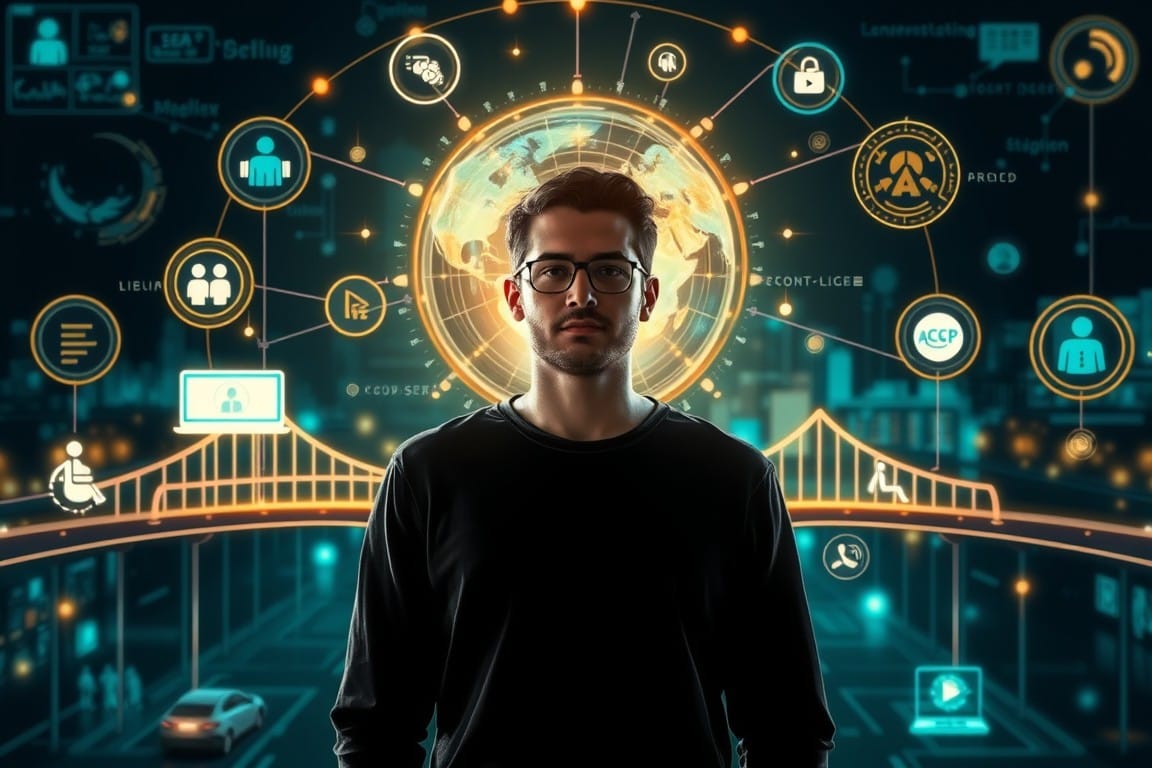
While automation and AI offer tremendous potential for creating more equitable digital experiences, they also come with challenges and risks. Data security and privacy are major concerns, as personalized experiences require the collection and analysis of user data. It's crucial to implement robust security measures and transparent data practices to maintain user trust.
There's also the risk of algorithmic bias, where AI systems may inadvertently perpetuate or even exacerbate existing inequalities. For instance, an AI trained on data from primarily tech-savvy users might struggle to understand and assist less experienced users effectively.
Another challenge is ensuring that automated systems remain accessible to all users, including those with disabilities. As we rely more on AI and automation, we must ensure that these systems are designed with accessibility in mind from the ground up.
A Wise Investment of Your Time
List of YouTube videos that captured my undivided attention.
Strategies for Alignment and Inclusion
Bridging the digital divide requires a concerted effort from various stakeholders, including technology companies, policymakers, educators, and users themselves. Here are some strategies for creating more inclusive and aligned digital experiences:
- Address accessibility directly: While universal design is mentioned, you could add a specific point about ensuring digital experiences are fully accessible to people with disabilities, complying with standards like WCAG.
- Cultural sensitivity: Include a strategy about designing with cultural diversity in mind, ensuring digital experiences are respectful and relevant across different cultural contexts.
- Affordable access: Add a point about working to provide affordable internet and device access, as this remains a significant barrier for many.
- Multilingual support: Mention the importance of offering digital experiences in multiple languages to cater to diverse linguistic communities.
- Intergenerational design: Emphasize designing for users across all age groups, from children to seniors.
- Data sovereignty and privacy: Include a strategy about respecting user data rights and privacy, particularly for vulnerable populations.
- Continuous learning and adaptation: Add a point about the need for ongoing research and adaptation of digital experiences based on evolving user needs and technological capabilities.
- Community-based support systems: Mention the importance of creating local support networks or community tech hubs to assist those struggling with digital technologies.
Token Wisdom
Imagine a world where Maria Gonzalez, armed with an AI-powered digital assistant, confidently navigates her smartphone to access healthcare, connect with family, and even explore new career opportunities. Picture Zoe Chen using her tech savvy not just for personal gain, but to mentor seniors in her community, bridging generational divides with each shared digital experience.
This is the promise of Experience Futures - a digital landscape where technology adapts to human needs, rather than humans struggling to keep pace with technology.
It's a vision of a truly democratic digital age, where the power of innovation serves as a great equalizer, not a divider.But this future isn't inevitable. It requires a collective reimagining of our digital world - one that prioritizes inclusivity, accessibility, and human-centered design. From Silicon Valley boardrooms to community centers in underserved neighborhoods, we all have a role to play in shaping this digital future.
As we stand at this technological crossroads, we face a choice: Will we allow the digital divide to widen into an unbridgeable chasm? Or will we seize this moment to create a digital world that empowers all of humanity?
The path forward is clear, but challenging. It demands innovation, collaboration, and a steadfast commitment to digital equity. But the rewards - a more connected, empowered, and equitable society - are immeasurable. As you come to a close on this essay, consider your own role in this digital revolution. Whether you're a tech innovator, a policy maker, an educator, or simply a digital citizen, you have the power to shape our collective digital future.
The question is: How will you use it?
The digital city of tomorrow is under construction today. Let's build it together - not as a walled garden for the privileged few, but as an open, vibrant metropolis where everyone has a place and a voice.
The future of our digital world - and the human potential it can unlock - depends on it.

Don't forget to check out the weekly roundup: It's Worth A Fortune!



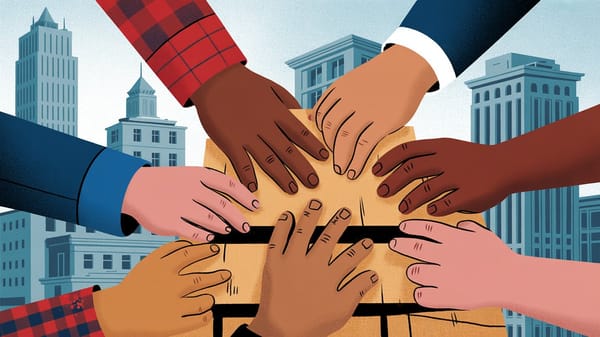

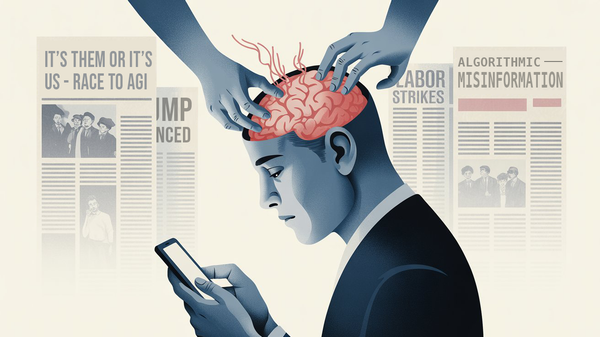
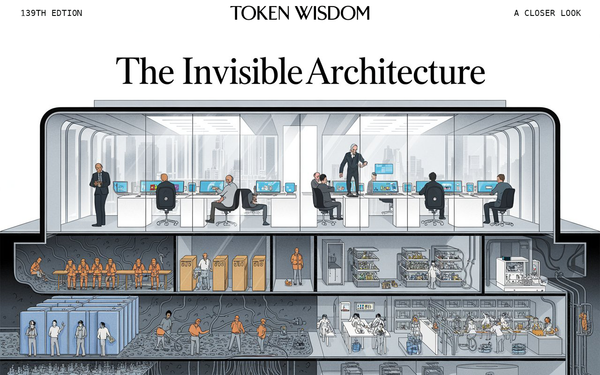
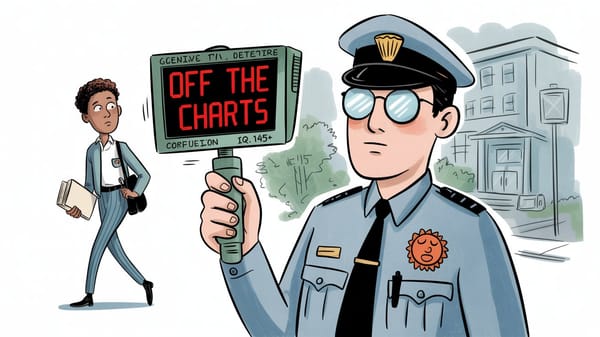
Member discussion